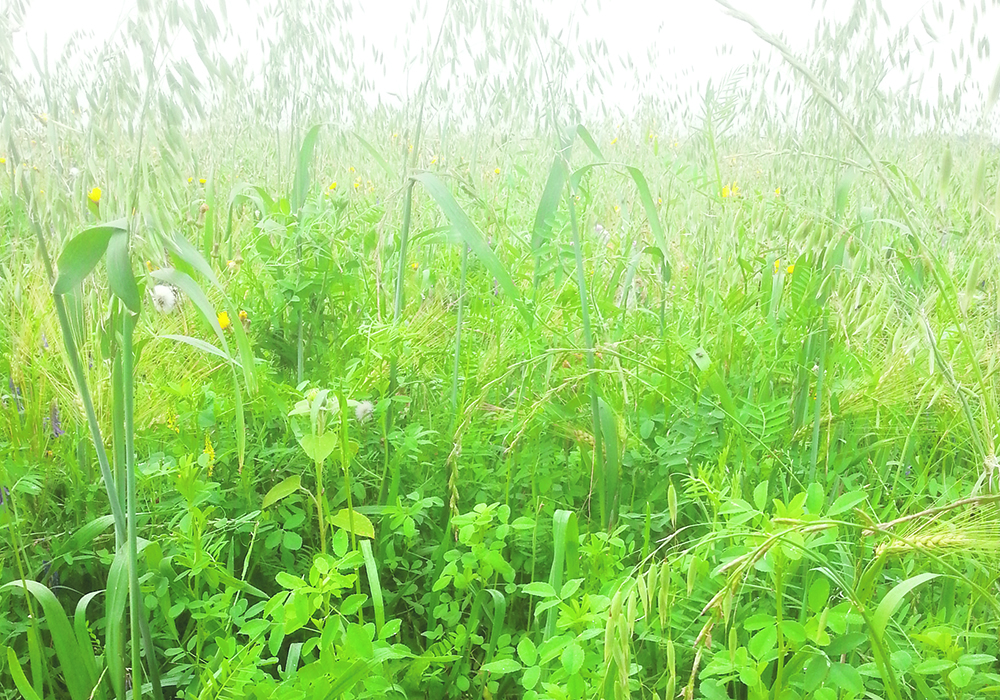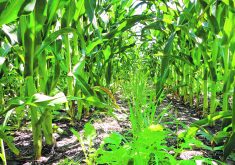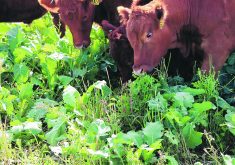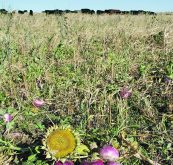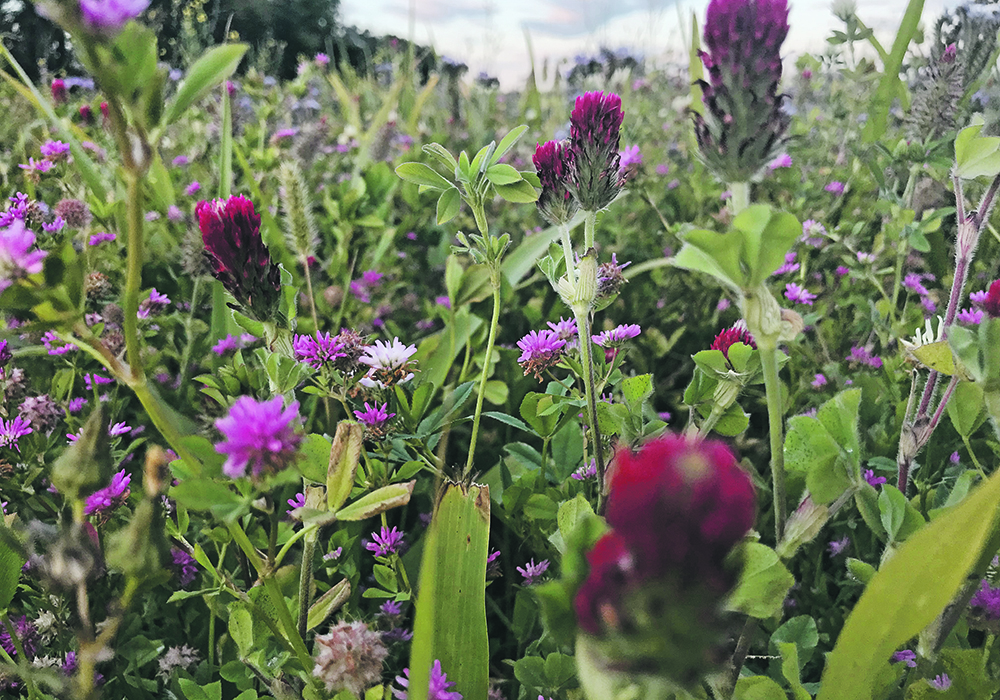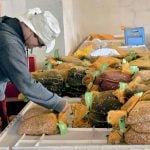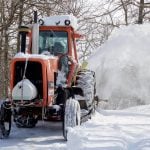Deciding which cover crops to use will depend on the goal, but producers must make sure not to use too many species
Summer annuals and cover crops can provide grazing for cattle and improve soil health, says Graeme Finn of Southern Cross Livestock near Crossfield, Alta.
“There are many options to try, but a person has to narrow it down. Do you want a summer grazing program or a winter program? Do you want to take a silage crop off and then have a relay crop growing under it for fall feed and have a living root in the ground longer?”
Finn, who also works for Union Forage, says many people expect too much from cover crops and are disappointed when the practice doesn’t work as planned.
Read Also
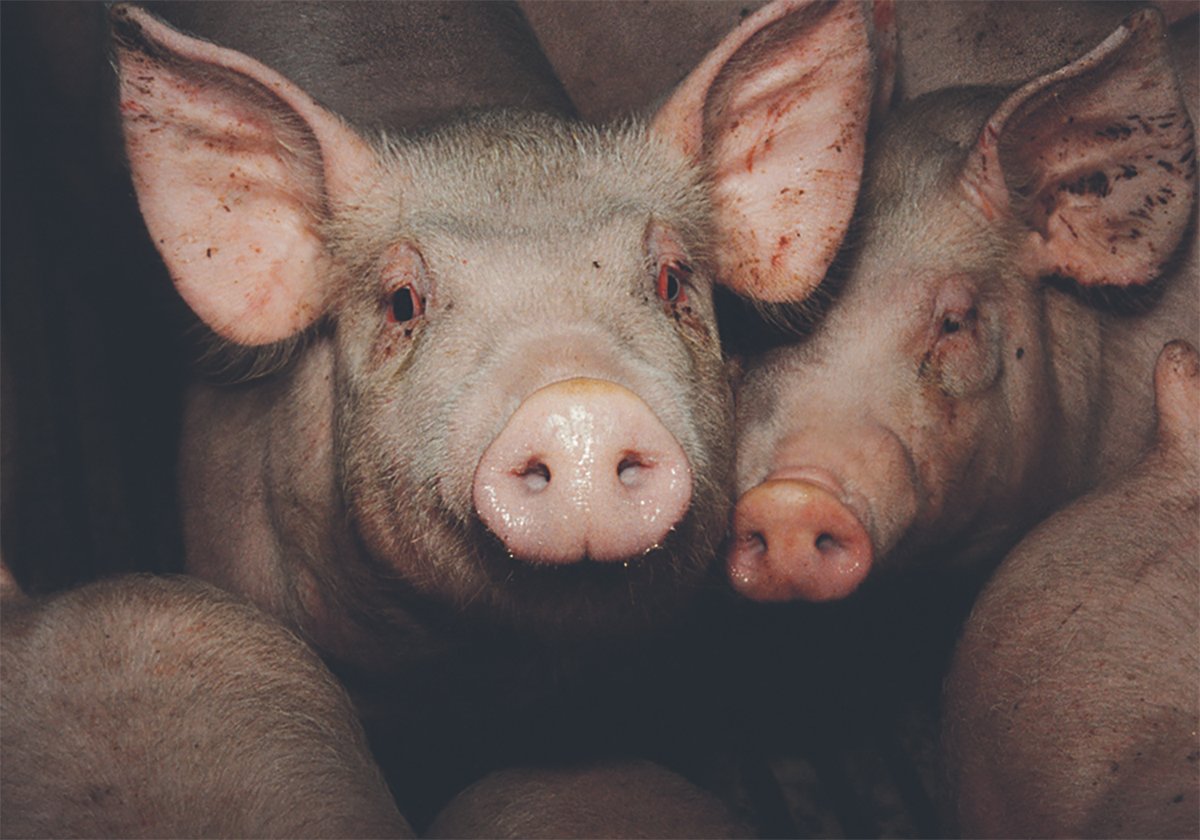
The Western Producer Livestock Report – October 30, 2025
Western Producer Livestock Report for October 30, 2025. See U.S. & Canadian hog prices, Canadian bison & lamb market data and sales insights.
“I’ve been experimenting since 2010 but started out with just a few things — triticale, oats and Winfred forage rape for winter swath grazing.”
What works in one region won’t work everywhere, however. Finn’s advice is to start with a few acres and add more after getting to know what works.
“Get advice from people who are actually doing it. One company in Manitoba is using data from the U.K. and saying we should grow celia because it has a big root system. It does have a big root system if it has a year to grow but if it only has 90 days to grow, it won’t. You’d be better off to use sunflowers or sorghum and it would be a lot cheaper.”
Finn says some so-called experts don’t have a farm or ranch so it’s best to get advice from people in the same district who use cover crops on a large scale.
“I was talking with a producer in northwest Saskatchewan who is going to start with triticale, oats and peas and nothing else. This is his first year doing it so he will be starting off with something simple, a safe way to go.”
If drought seems likely, it may be preferable to gamble with crops that don’t cost as much to seed and have a better chance to produce something.
“Guys who are more experienced might take a silage crop off and then seed oats and turnips, something that will make a quick crop and supply a lot of high-quality fall and winter grazing. The cattle will put manure on that land for future soil fertility.”
Irrigation provides more options, Finn added.
“Why not plant something else after the silage comes off, or seed it with the silage and have it produce more? There are many opportunities for folks with pivots to have extended grazing and sequester carbon longer into the fall season.
“When you can have cattle grazing on a pivot for three more months after you’ve taken off a 10 to 12-ton silage crop, this can save a lot of hay,” he said.
On his ranch, Finn plants mainly annuals for winter swath grazing. For a crop farmer, seeding an annual in the crop rotation is a win-win for the soil and cattle, he says.
“We can’t just keep cropping the land and expect it to produce year after year. We need to rejuvenate it. This prairie developed with bison grazing by the millions. They came into an area and manured everywhere, crushing the prairie grass and shrubs, then didn’t come back for several years.”
The forage had time to recover, with the added benefits of fertilizer from the bison and control of woody shrubs.
“Now we’ve taken that animal impact away and have been farming non-stop. We’ve removed an integral part of how this prairie soil developed. We just keep adding more chemical fertilizers and expect the soil to do what it did earlier, but it can’t. It’s crucial to integrate cattle into the system again, no matter how we do it.”
The selected blend of cover crops depends on the goal. Finn says peas work better than clover to fix nitrogen, for example. Using too many species is another common mistake.
“Some species, like sorghum and millet, hate growing in competition. If you have several other species you need to make the sorghum or millet the dominant seed in the blend. You might add oats, rape, triticale, peas or sunflower in smaller amount,” says Finn.
The goal is to get cattle through winter with adequate nutrition at lower cost.
“We can use something like triticale, oats, peas and a little bit of rape, which will be under $30 an acre to seed, and graze it for 140 to 150 days with one acre per animal.”
For some, seeding a productive perennial pasture may be better than worrying about annuals and cover crops.
“A person could plant sainfoin, cicer milk vetch, alfalfa, orchard grass, brome, soft leaf tall fescue, wheat grasses or whatever grows really well in your area, and you might have an expense of $60 to $70 an acre for seeding, one time, and the pasture might last 10 years or 15.
“People think cover crops will be the miracle cure, but there is nothing wrong with a good perennial stand,” said Finn.
He also notes that a piece of land that has never been cropped might require different management than one cropped for multiple years. Potential drought must also guide decisions, as it did for some ranchers last season.
“These biennials were seeded in August and then got a little rain so those ranchers got some fall grazing and now they will have some spring grazing as well. That saved a huge amount of money, not having to bring in high-priced feed during drought,” Finn says.
“We can always reduce the cost of feeding cattle. Every day that they are grazing stockpiled grass, windrows, etc. and we don’t have to haul feed out to them is a plus.”

